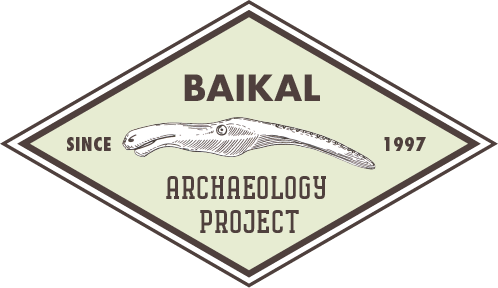Congratulations to Drs. Benjamin Osipov, Lesley Harrington, Daniel H. Temple, Vladimir I. Bazaliiskii and Andrzej W. Weber on the recent publication of their article in Archaeological Research in Asia!
Title: Chronological and regional variation in developmental stress and behavior of Early and Late Neolithic Cis-Baikal hunter-gatherer juveniles: Insights from diaphyseal cross-sectional geometryic
Authors: Benjamin Osipov, Lesley Harrington, Daniel H. Temple, Vladimir I. Bazaliiskii and Andrzej W. Weber.
Abstract: This study explores growth (increase in size) and development (change in structure and function) in Middle Holocene Cis-Baikal hunter-gatherer populations to evaluate chronological and regional variation in developmental health and juvenile behavior using post-cranial Cross-Sectional Geometry (CSG). It also evaluates whether sexual differences in size and habitual behavior were evident by the end of adolescence. Age and body size standardized femur, tibia, and humerus midshaft CSG are used to test for differences between Early Neolithic (EN) and Late Neolithic (LN) juveniles from different micro-regions. Regression of these measures on radiocarbon date tests for differences within archaeological periods.
EN individuals younger than 16 years, particularly those from the Angara River Valley, exhibit lower measures of cross-sectional size/ rigidity than LN juveniles. EN individuals older than 6 years, especially those from the Southwest Baikal had less circular lower limbs and higher humerus percent cortical area than LN individuals. Age standardized cross sectional size/ rigidity decline throughout both the EN and the LN, suggesting decrease in body size during both archaeological periods, whereas changes in femur shape are consistent with increases in juvenile mobility throughout the EN. By the end of adolescence, sexual dimorphism is emerging but not fully established in lower and upper limb robusticity and shape.
The lower cross-sectional area and bending rigidity support higher levels of developmental stress in the EN compared to the LN period, whereas less circular lower limb indices suggest higher terrestrial mobility in the EN. These differences may reflect may a higher risk of resource scarcity in the EN, which resulted in higher mobility and greater involvement of juveniles in harvesting aquatic resources. Declines in body size within both archaeological periods emphasize the cyclical nature of developmental stress, perhaps due to declines in resource abundance. The presence of incipient sexual dimorphism by the end of adolescence is consistent with individuals beginning to assume adult roles.
Congratulations to Ben and co-authors!


